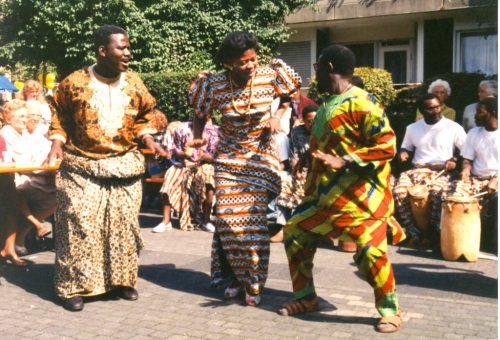
Just a reminder that on May 27, 2025, at 4:30 pm, at the CUNY Graduate Center in New York City, Répertoire International de Littérature Musicale (RILM) will unveil its latest product, the RILM Archive of Popular Music Magazines (RAPMM), at a special launch event titled Sites + Sounds + Scenes.
The RILM Archive of Popular Music Magazines (RAPMM) is a continuously expanding digital collection that currently includes over 125 independently published popular music magazines and fanzines from the late 1960s to the present. This internationally scoped archive covers a diverse range of popular music genres, from punk and rock to indie, hip hop, and country, serving as a multilingual and interdisciplinary resource for music research. By preserving rare and historically significant publications, RAPMM safeguards essential elements of cultural heritage.
In line with RILM’s global mission the content of RAPMM spans multiple languages and countries–currently from Australia, Canada, China, Colombia, Germany, Spain, the United Kingdom, and the United States. The zines in RAPMM cover a wide range of popular music genres, including punk, rock, indie music, post-punk, grunge, hip hop, women’s music, world music, psychedelia, noise, alternative music, jazz, and country music. There are articles on the history of musical movements and their relation to politics, society and social movements, underground and subcultures, stylistic shifts, and feminism; interviews with widely recognized and unknown artists at different stages of their careers; band profiles; and album reviews and history of record labels.
Accessible through RILM’s Egret platform, RAPMM offers advanced browsing, searching, and translation features across desktop, mobile, and tablet devices. Additionally, the platform provides a networked research experience, linking directly to other scholarly resources such as RILM Abstracts of Music Literature and external services like the Virtual International Authority File (VIAF). RAPMM underscores RILM’s broader mission as an NGO accredited to provide advisory service to UNESCO’s Committee of Intangible Cultural Heritage. Speaking on the project’s significance, RILM Executive Director, Dr. Tina Frühauf, states:
“In alignment with UNESCO’s initiatives to protect cultural diversity, RAPMM represents a vital node in an international effort to safeguard and preserve information about the sonic history of our times. It fosters community-centered archiving practices that foreground the lived experiences and material traces of popular music magazines. By bridging the analog and the digital, the local and the global, RAPMM not only preserves endangered media artifacts but also reimagines archives as dynamic spaces of cultural memory, equity, and engagement.”
The launch event, hosted by The Barry S. Brook Center for Music Research and Documentation and RILM, is cosponsored by the American Social History Project/Center for Media and Learning. In addition to unveiling RAPMM, the event will also celebrate the release of two groundbreaking publications: Inside the Studio Spaces of Electronic Music Production: Berlin/Cairo by Dr. Matthias Pasdzierny and Gero Cacciatore, and Gear: Cultures of Audio and Music Technologies by Dr. Eliot Bates and Dr. Samantha Bennett.
Held in the William P. Kelly Skylight Room on the 9th floor of the CUNY Graduate Center, the event will feature discussions with key contributors, moderated by Finn Cohen (The Sun). A reception will follow.
Admission is free. Please RSVP to cmrd@gc.cuny.edu. The event will be live-streamed by the CUNY Graduate Center–RSVP to receive the link.
For more information, please visit https://brookcenter.gc.cuny.edu/event/sites-sounds-scenes/.
Contact:
Michael Lupo (he/him/his), Marketing & Media
RILM International Center
365 Fifth Avenue, Suite 3108 • New York, NY 10016-4309
Michael Lupo • Phone 1 212 817 8601 • www.rilm.org









